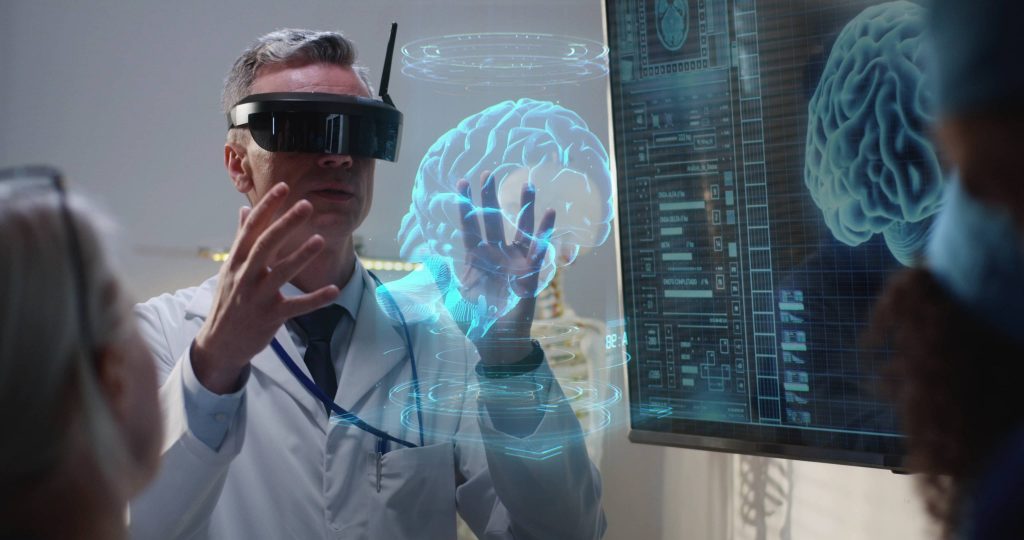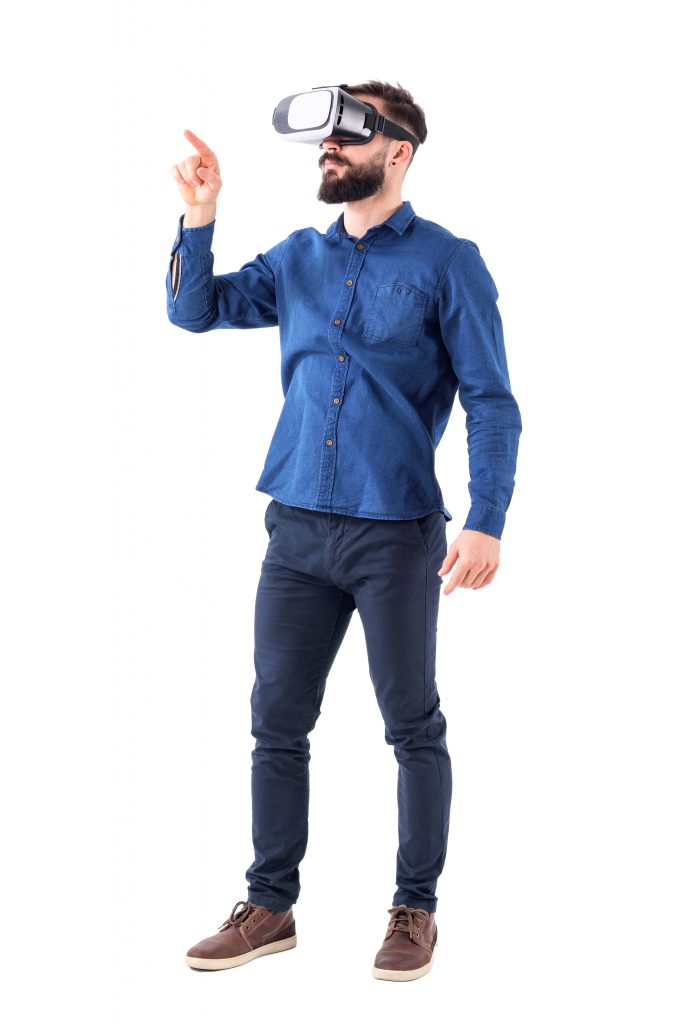FROM KNOWLEDGE TRANSFER TO PRACTICAL APPLICATION
In recent years, technologies have become an essential part of teaching methods. Distance training makes it possible to massively communicate knowledge and evaluation tools make it possible to verify knowledge retention of learners. The technological tools used in the field of training are excellent for the transfer and evaluation of knowledge. However, the enthusiasm for these tools quickly makes us forget that there is more to a learning process than knowledge.

Beyond the acquisition of knowledge
In addition to knowledge, the mastery of procedures and technical gestures are equally important elements. To consolidate and contextualize their learning, learners must be able to act on their knowledge. The new virtual reality technologies allow for immersion in another world, which will certainly bring about a major change in the use of technology in education. Imagine for a moment putting a headset on your head in a classroom and finding yourself in the middle of a crisis that you must manage by interacting in a virtual world. At that moment, knowledge, skills, know-how and interpersonal skills must be combined in order to react to the situation.
A safe environment at a low cost
It is obvious that virtual reality will allow professionals to develop their skills and improve their performance. It should be noted that virtual immersion is even more relevant for simulations that could be potentially dangerous when performed (confined spaces, restricted areas, dangers and critical situations for the learner’s health and safety, etc.). The virtual environment provides a safe space for training, evaluation and exchange, in addition to giving the right to make mistakes. The use of virtual reality also allows for real savings on training expenses by reducing the costs associated with the acquisition of equipment to simulate cases in addition to allowing for the remote distribution of training.
Once the simulation is completed, feedback on the learner’s performance facilitates the transfer of learning to practice. The debriefing with the learner allows to highlight his/her reasoning and to put the experience into perspective. Virtual reality technology allows for the recording of a learner’s performance in video format, so that good and bad moves can be identified with the help of the trainer, in addition to keeping an archive of past performances. Thus, with a good debriefing, the learner will be better prepared to act in a similar real-life context.

Virtual reality is certainly a very promising training tool for the future. This technology is already sufficiently mature to allow the design of cost-effective training. The advances and developments in the coming years remain to be watched closely with the potential of mixed reality, wireless headsets, and networked collaboration.
Share this article:
Etherlab is the leader in designing training and professional development through virtual reality.
